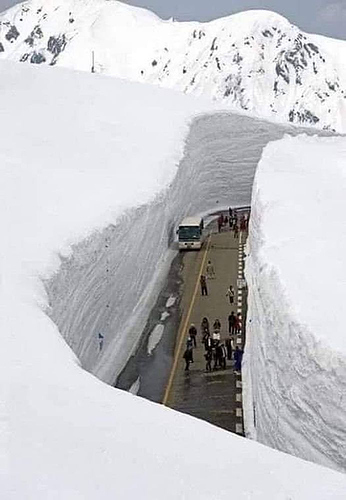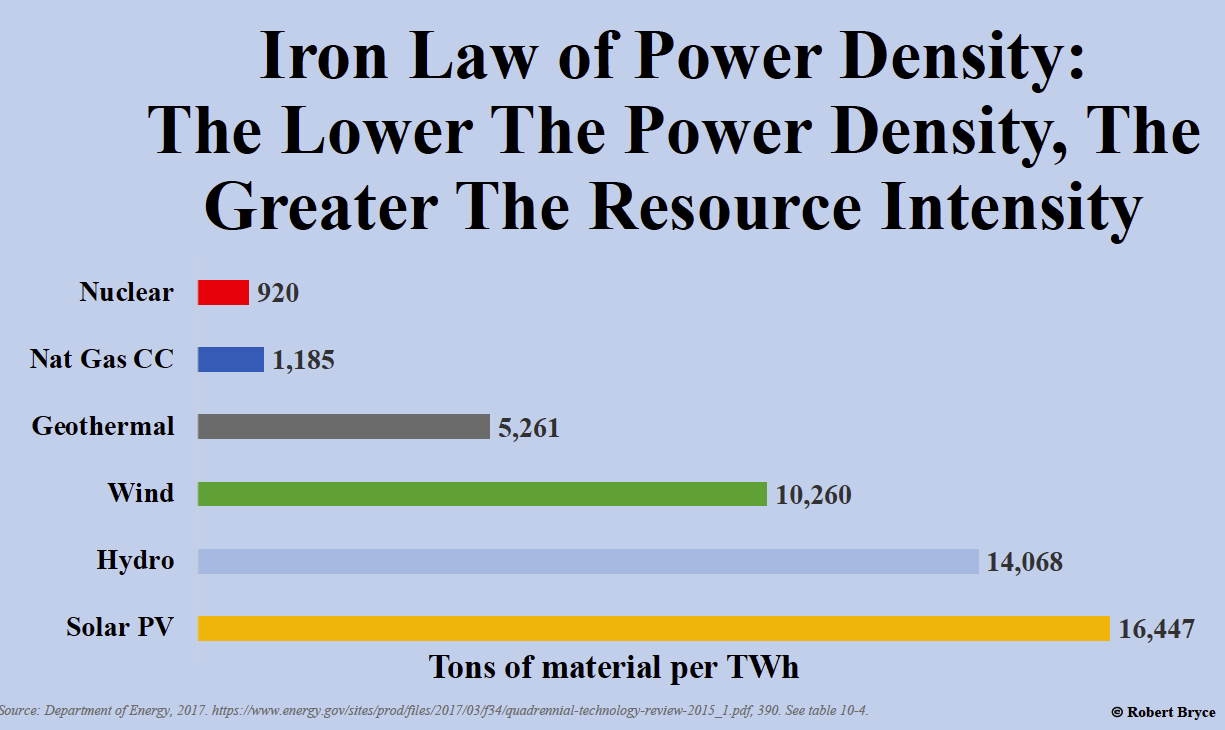PG&E was driven into bankruptcy for two reasons: the Enron organized power embargos of 2000 and 2001 that forced PG&E to purchase power at insane markup, and then sign under duress 30 year contracts to purchase power at very disadvantageous rates. Although they were able to void some of those contracts, due to the republican “leadership” (governor and AG) they couldn’t void them all. Some $10 billion of power purchase contracts finally come off the books in about 2031. The second is that PG&E more or less achieved regulatory capture, and used that advantage to “invest” in stock buybacks while postponing maintenance on power lines and gas lines and accumulating variations of technical debt. That strategy blew up both figuratively and kaboomitively, resulting in the company being taken into receivership to resolve their liabilities for the people that died and property destroyed.
That does not mean the “system is on the edge”. For instance, the state has been hammered with snow this year (that’s a good thing), yet somehow one does not read about people freezing to death in the eastern parts of the state. Unlike, say, Texas. This recent photo is of a highway that leads to South Lake Tahoe:
Storage is a solvable engineering problem. There are techniques that do not involve lithium batteries. For instance, during the power embargoes of 2000 and 2001 Oregon and British Columbia were pumping water upstream at night so they could run it through the dams’ turbines during the day, when they could sell that power to California. CA is the 4th largest economy in the world, is running a multi-year budget surplus, and has their big power company totally under their thumb due to the bankruptcy. Not to mention their inherent technical talent, quick access to capital, and employee mobility. Doesn’t mean they won’t make a moneypit hash of it (the High Speed Rail project, sigh), but if I were to bet on any state in the union pulling it off, this is the one I’d go with.
Also, please understand that when NYT writes about California, they frequently pander via concern trolling to their east coast readership.




